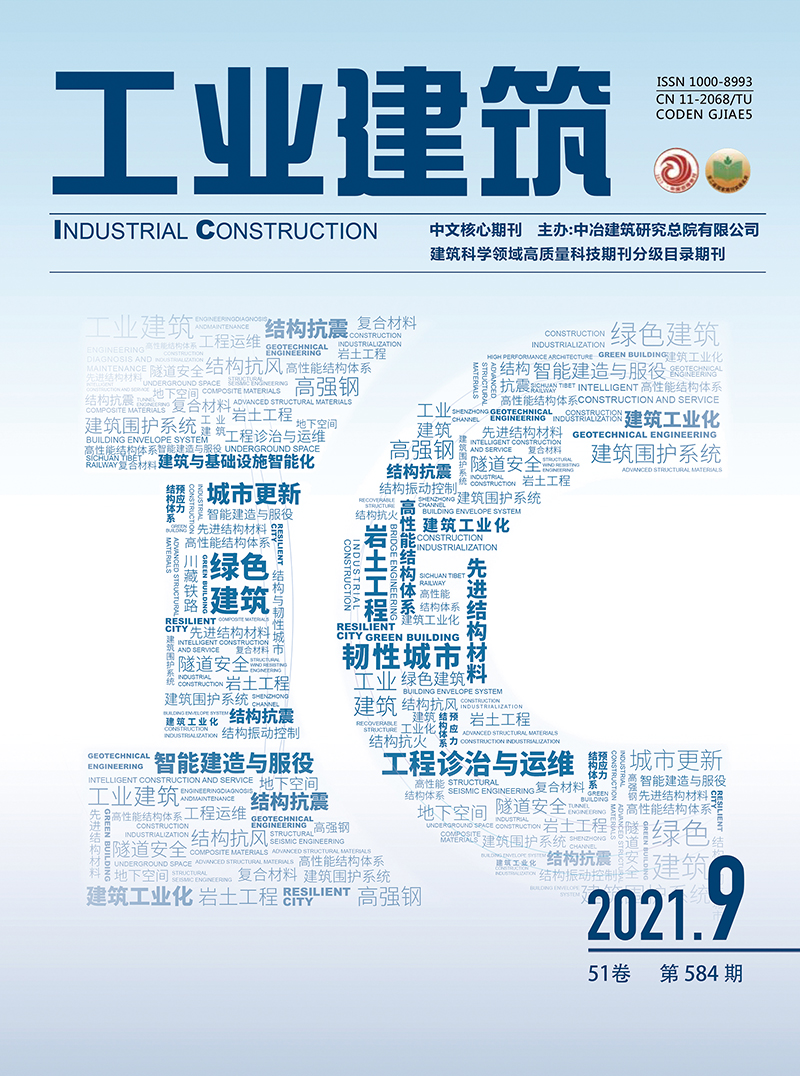| [1] |
徐敩祖, 王家澄, 张立新. 冻土物理学[M]. 北京:科学出版社, 2010.
|
| [2] |
陈之祥, 李顺群, 夏锦红,等. 冻土导热系数测试和计算现状分析[J]. 建筑科学与工程学报, 2019,36(2):101-115.
|
| [3] |
COSENZA P, GUÉRIN R, TABBAGH A. Relationship Between Thermal Conductivity and Water Content of Soils Using Numerical Modelling[J]. European Journal of Soil Science, 2003.https://doi.org/10.1046/j.1365-2389.2003.00539.x.
|
| [4] |
NAKSHABANDI G A, KOHNKE H. Thermal Conductivity and Diffusivity of Soils as Related to Moisture Tension and Other Physical Properties[J]. Agricultural Meteorology, 1965, 2(4):271-279.
|
| [5] |
SEPASKHAH A R, BOERSMA L. Thermal Conductivity of Soils as a Function of Temperature and Water Content[J]. Soil Science Society of America Journal, 1979, 43(3):439.
|
| [6] |
LEONG W H, TARNAWSKI V R, AITTOMÄKI A. Effect of Soil Type and Moisture Content on Ground Heat Pump Performance[J]. International Journal of Refrigeration, 1998, 21(8):595-606.
|
| [7] |
原喜忠,李宁,赵秀云,等. 非饱和(冻)土导热系数预估模型研究[J].岩土力学,2010,31(9):2689-2694.
|
| [8] |
汪恩良,姜海强,崔恩彤,等. 冻融对重塑黏土导热系数影响的试验研究[J].工程热物理学报, 2018, 39(4):871-879.
|
| [9] |
叶万军,董西好,杨更社,等. 含水率和干密度对黄土热参数影响的试验研究[J].岩土力学, 2017, 38(3):656-662.
|
| [10] |
陈之祥,李顺群,夏锦红,等.基于未冻水含量的冻土热参数计算分析[J].岩土力学,2017, 38(增刊2):67-74.
|
| [11] |
于珊, 李顺群, 冯慧强. 土的导热系数与其干密度、饱和度和温度的关系[J].天津城建大学学报, 2015, 21(3):172-176.
|
| [12] |
路建国, 张明义, 张熙胤,等. 冻土水热力耦合研究现状及进展[J].冰川冻土, 2017, 39(1):102-111.
|
| [13] |
INCROPERA F P. 传热和传质基本原理[M]. 叶宏、葛新石译.北京:化学工业出版社, 2007.
|
| [14] |
马巍, 王大雁. 冻土力学[M] 北京:科学出版社,2014.
|
| [15] |
李顺群, 张翻, 王彦洋,等. 冻土导热系数骨架模型研究[J]. 深圳大学学报(理工版), 2020, 37(2):165-172.
|


 Login
Login Register
Register E-alert
E-alert







 DownLoad:
DownLoad: